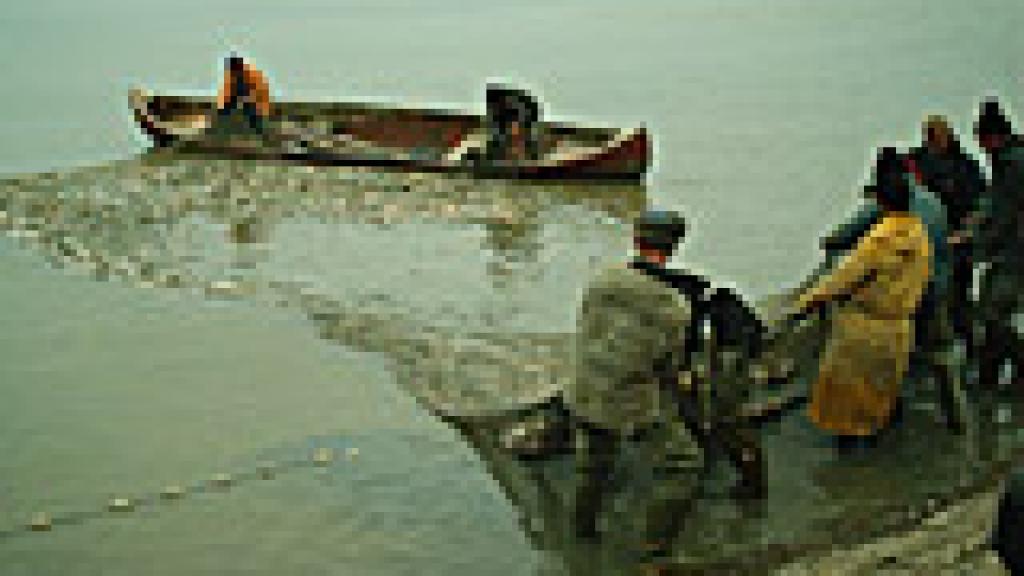Bulgaria bans sturgeon fishing
Sofia, 1 May 2011. In order to protect endangered sturgeon species, Bulgaria decided to ban sturgeon fishing in May 2011. Romania was the first country to implement a sturgeon fishing ban in the Danube in 2006 and is now followed by its southern neighbour.

As explained by the Head of Unit Management and Monitoring of Fisheries of Bulgaria’s National Agency of Fisheries and Aquaculture, Ivaylo Simeonov, this one year ban will be a first step applied primarily to fishing in the Danube River. This first step will be followed by more serious measures including a five-year ban starting in 2012.
Because of the illegal trade of sturgeon mainly for the production of caviar, the number of this fish was significantly decreased within past few years. After a survey among the Lower Danube countries made in 2007, the Convention of International Trade in Endangered Species of Wild Fauna (CITES) decided to ban sturgeon caviar exports collected from wild fish populations in Lower Danube countries. This ban aimed to decrease the number of poached sturgeons.
Sturgeons find their natural habitat in coastal waters and estuaries, from where they migrate upstream to spawn. In order to protect sturgeons, it is also important to ensure their free and unobstructed migration and mobility.
The World Wildlife Fund (WWF), an observer to the ICPDR, welcomed the decision of the Bulgarian authorities to join Romania in banning sturgeon fishing. For the ICPDR, sturgeon protection has a very high priority. Measures such as the construction of fish passes at the Iron Gate Dams in Serbia, wetland restoration or the awareness raising for fish migration have been pursued or supported by the ICPDR for years. Such measures benefit not only sturgeons, but also many other endangered species of Danube fish





